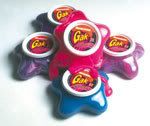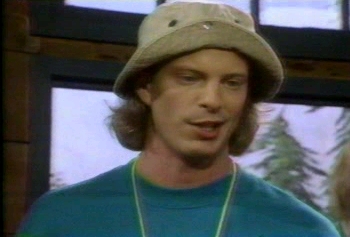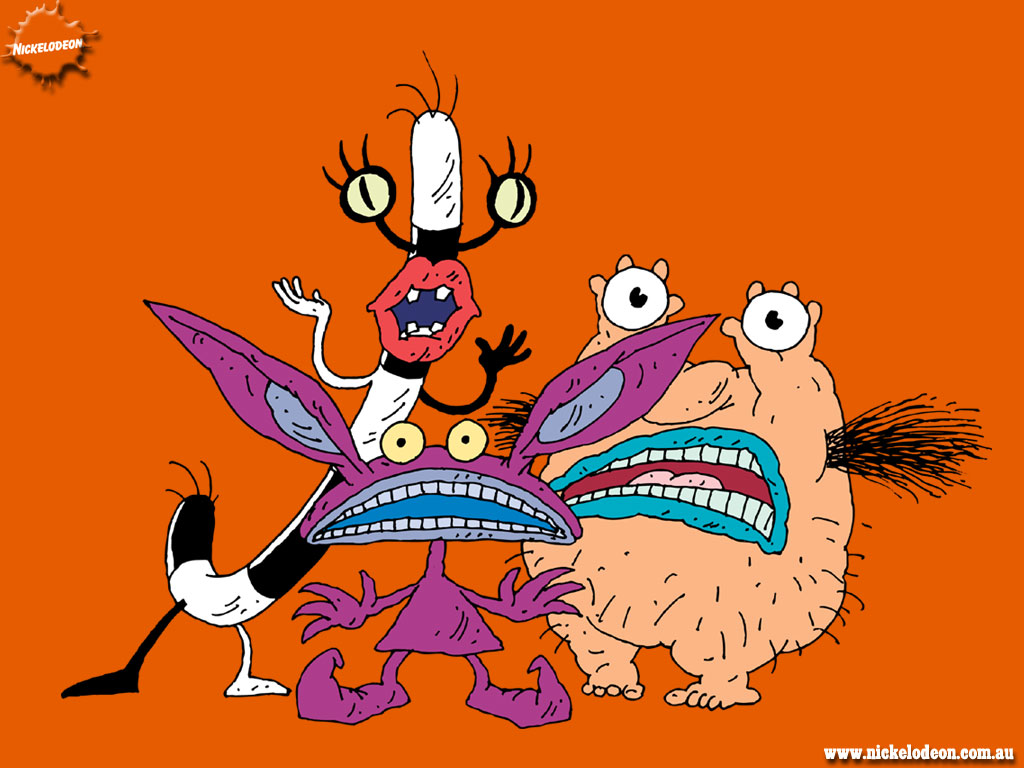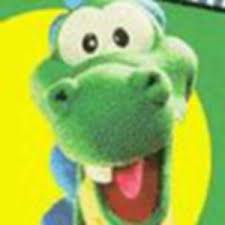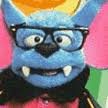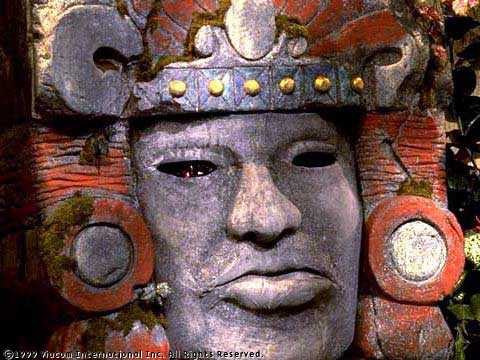
If you ever really need to know the answer to a question, here's a little tip from Nickelodeon circa 1991: lead in with a question word remixed on repeat. You may not find out what you would do, but you certainly have a better chance of ascertaining what what what you would do. You know. If faced with some sort of slime/pie type situation. The usual.
Yes, early 90s-era Nickelodeon was full of these handy tidbits of unconventional wisdom. Like their penchant for placing a germ-phobic obsessive-compulsive as host in not just one but two television shows whose underlying purposes were to cause disgusting uncontainable messes. Perhaps it was to Nickelodeon's credit that a hosting gig on their network was so highly coveted that even those with a disordered need for extreme constancy and cleanliness were willing to overlook their most basic anti-mess instincts. Not just any network held the power to persuade Marc Summers at the height of his inner OCD torment to host a show with the words "Super Sloppy" in the title.
Fortunately for Marc Summers, What Would You Do? was somewhat toned-downed in the super sloppy department in comparison to its sister show, Double Dare. I'm not sure this granted him any reprieve, but at least he was allowed a few brief moments of filming during which he was not coated head-to-toe in gooey green slime.
What Would You Do? was another of those magical Nickelodeon shows for which there was no reasonable explanation or justification. Children of the 90s, specifically those who grew up in a house with a cable TV hookup, were generally passionate about nonsensical programming. Nickelodeon demonstrated time and time again that they truly understood what kids were about; they managed to strike the perfect balance between recognizing the simplicity of entertaining children and not insulting their intelligence.
They also had a serious fixation on pies.
For some reason as of yet to be publicly declared and documented, the show included innumerable pie-themed features. While possibly derived from the original pie-in-the-face slapstick gag, What Would You Do? was determined to take this gimmick as far as whipped cream could possibly be flung. No pie stunt was too farfetched for this game show/interactive audience/wacky stunt television mash-up. Usually these pie shenanigans were tied to some sort of competition, but the reasoning was loose at most. There was no shortage of pie-centric hijinks, including but not limited to:
The Pie Slide
Sometimes, a straightforward name is best. The pie slide was, well, a pie slide. Contestants braved a regulation playground slide that culminated in an enormous vat of pie. Thankfully, they had the option of a head-first or feet-first dive. Full pie immersion ensued.
The Pie Pod
There's nothing like sitting in a chair, being covered with an enormous saran wrap-style tarp, and pelted directly with multiple pies, the number of which was based upon helpful audience input. Also popular was the Crowning Glory feature, which dropped additional pie on the participant's head.
The Pie Coaster
See Pie Slide. Replace "slide" with "coaster." Proceed.
The Pie Wash
Imagine if you will a car wash featuring an all-pie cast of cleaning supplies. Now remove the frame of the car and its mobile abilities. Congratulations! You've got a pie wash.
You've got to love that maniacal laughter by Marc Summers while issuing this pie sentence.
Clearly (or perhaps through pie-coated goggles) What Would You Do? could not be characterized by any conventional TV standards in its zany undertakings. The show frequently pitted adults and children against one another (in sometimes Double Dare-esque fashion), with the winning team holding the pie pronouncement power. Pie punishments could also be conveyed by means of the all powerful Wall o' Stuff. While the Wall o' Stuff had its benevolent side in which it dispensed freely the crappy What Would You Do? licensed merchandise to so-called lucky winners, it more often sent the contestant straight to meet their cream pie fates. The show also inexplicably had a "roving camera" segment featuring Candid Camera-style tomfoolery. As I said, the links between any of these segments were fairly difficult to ascertain; pie seemed to be the only element tying these things together.
Regardless of the lack of adherence to television norms, this show was beloved by children everywhere. Its sheer creativity was enough to captivate our young impressionable minds and forever instill within us a deep-seated love/fear relationship with a certain satisfyingly messy cloying confection. As What Would You Do? only filmed new episodes from 1991 to 1993, there is a lot to say for a show that can thrive through an oddly skewed rerun-to-new-show ratio. Because there were only 90 episodes produced, chances are all of us out there in 90s TV-land saw each of these pie-flinging episodes countless times during which we could ponder what indeed we would do in the place of these contestants. Whether you'd choose to brave the pie slide or take your chances on the Wall o' Stuff, What Would You Do? had a little something for everyone.
Everyone without whipped cream allergies, that is.
Check it out:
Pies on the Web: Dedicated to Pictures of People Getting Pies to the Face



